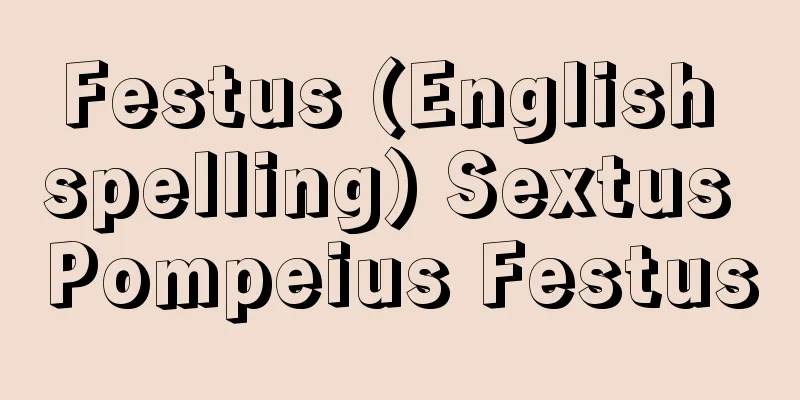Hiraoka Shrine

|
Located in Izumoi-cho, Higashi-Osaka City, Osaka Prefecture. It enshrines Ameno-Koyane-no-Mikoto, Hime-no-Kami, Takemikazuchi-no-Mikoto, and Iwainushi-no-Mikoto. The founding date is unknown. According to the shrine's legend, when Emperor Jimmu was on his way from Hyuga to Yamato, he had Ame-no-Taneko-no-Mikoto enshrine his ancestors Ameno-Koyane-no-Mikoto and Hime-no-Kami at Kozudake, east of the main shrine, and later, during the reign of Emperor Kotoku, the shrine was moved to its current location. The Hiraoka Muraji clan, descendants of Ameno-Koyane-no-Mikoto, were powerful in this region and worshipped their ancestor deity, and it is believed that they followed the example of the Nakatomi clan (Fujiwara clan) in the Nara period, who also worshiped Takemikazuchi-no-Mikoto and Saishu-no-Mikoto at Kasuga Shrine in Heijo-kyo, and enshrined four deities at the main shrine. It has been highly revered by the Imperial Court since ancient times, and in 806 (Daido 1), 60 households in Kobe were gathered there, and in 859 (Jogan 1), Ameno-Koyane-no-Mikoto was promoted to Shoichii (first rank), and all four seats were made Myojin-dai under the Engi system, and offerings were made for Toshigoi, Tsukinami, Ainame, and Niiname. It was designated as one of 22 shrines, Ichinomiya (first shrine) of Kawachi Province (Osaka Prefecture), and was designated as a Kanpei Taisha (Great Shrine) under the Meiji system. The current main hall and four halls are of the Kasuga-zukuri style, and were built in Hiraoka-zukuri in 1826 (Bunsei 9). The annual festival is held on February 1st. Special rituals include the Okayuura ritual on January 15th and the Kunimuke Festival on May 21st. [Junichi Kamata] Source: Shogakukan Encyclopedia Nipponica About Encyclopedia Nipponica Information | Legend |
|
大阪府東大阪市出雲井(いずもい)町に鎮座。天児屋根命(あめのこやねのみこと)、比売神(ひめのかみ)、武甕槌(たけみかづち)命、斎主(いわいぬし)命を祀(まつ)る。創建年代不詳。社伝では、神武(じんむ)天皇が日向(ひゅうが)より大和(やまと)へ遷幸の途次、天種子(あめのたねこ)命にその祖神天児屋根命、比売神を本社東方の神津嶽(こうづだけ)に奉斎させたことに始まり、のち孝徳(こうとく)天皇のとき現社地に奉遷したという。およそ天児屋根命の子孫中臣(なかとみ)氏一族の平岡連(むらじ)が当地方で勢力を占めてその祖神を祀り、奈良時代中臣氏(藤原氏)が平城京の春日(かすが)神社に武甕槌命、斎主命をあわせ祀ったのに倣い、本社も四祭神としたものとみられる。古くより朝廷の崇敬厚く、806年(大同1)神戸(かんべ)60戸を寄せられ、859年(貞観1)天児屋根命を正一位に、延喜(えんぎ)の制で四座とも名神大とし、祈年(としごい)・月次(つきなみ)・相嘗(あいなめ)、新嘗(にいなめ)の幣を奉られ、22社の1、河内(かわち)国(大阪府)一宮(いちのみや)とされ、明治の制で官幣大社。現本殿、四殿よりなる春日造(づくり)系統の枚岡造は1826年(文政9)造立。例祭2月1日。特殊神事として1月15日の御粥占(おかゆうら)神事、5月21日の平国(くにむけ)祭がある。 [鎌田純一] 出典 小学館 日本大百科全書(ニッポニカ)日本大百科全書(ニッポニカ)について 情報 | 凡例 |
Recommend
Brinkley, F.
...As it was later described as the "School ...
Cardigan (dog) - Cardigan
…It is a domestic dog that originated in the UK. ...
Salvia - Salvia
A general term for the genus Salvia in the family...
Cervicitis - keikannen (English spelling)
The cervix is a tube-like cervical cavity that l...
Prince Okusaka - The Prince of Okusaka
A son of Emperor Nintoku who appears in the Kojiki...
Ketchup - Ketchup (English spelling)
A type of sauce made by boiling vegetables, strai...
Thrust - Thrust
Also known as thrust. The force that propels an ob...
Mannoike Pond
This reservoir is located in Mannou Town, Nakatad...
Itaura Zori - Wooden sole sandals
〘 noun 〙 Sandals with a split board stuck to the s...
Olivenite - Olivenite (English spelling)
A hydrous cupric arsenate mineral. As suggested b...
Nantokata - Something
A term used in gagaku. A name indicating the linea...
Toluenesulfonic Acid - Toluenesulfonane
A compound in which a sulfonic acid group (sulfo g...
Restaurant - inshokuten
〘 noun 〙 A place where customers can eat cooked fo...
Radar ranging - Radar sokkyo
Measuring distances using radar. A predetermined m...
Localized hot water supply system
...A general term for equipment used to supply ho...









